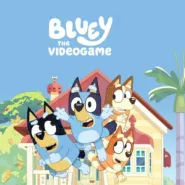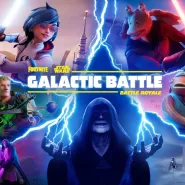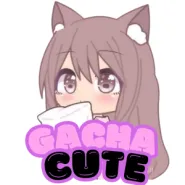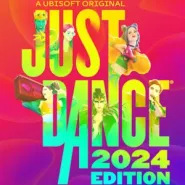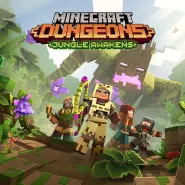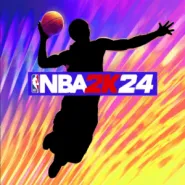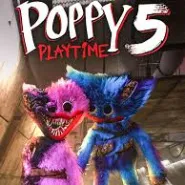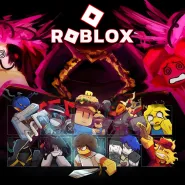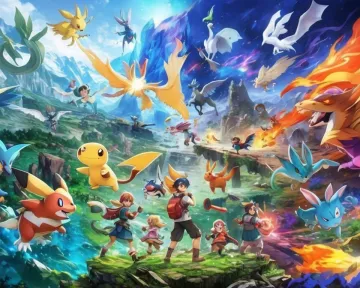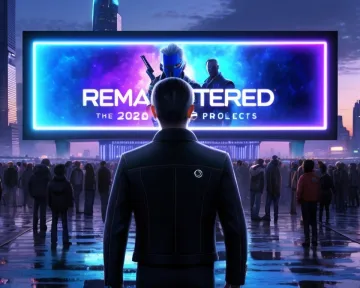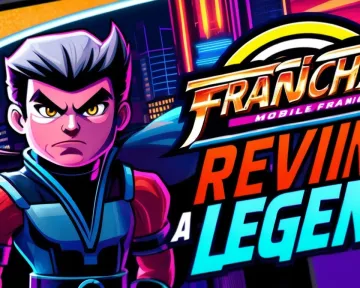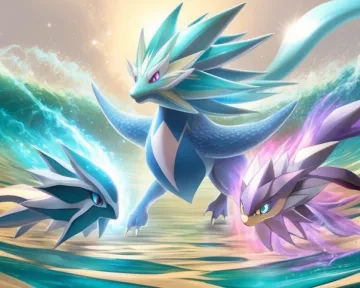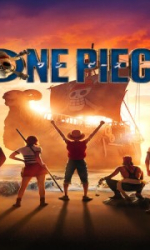
One Piece
Netflix appears to be reiterating its past with its latest show, "One Piece," mirroring the circumstances of its previous series, "Cowboy Bebop." "Cowboy Bebop,&q...
Trending Games
- Author: Matt Owens
- Director: Matt Owens, Steven Maeda
- Content rating: 12+
- Release date: August 31, 2023 – present
- Text: One Piece
- Languages: English
- Distributed by: Netflix
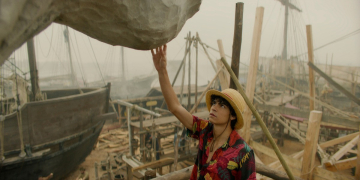
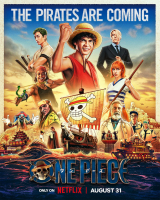
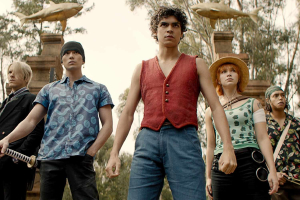
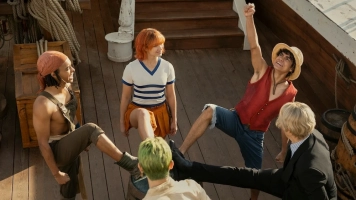
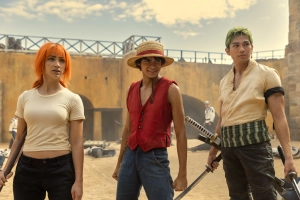
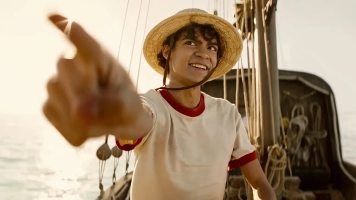
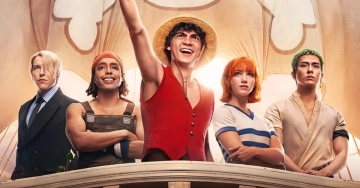
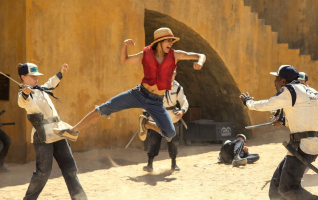
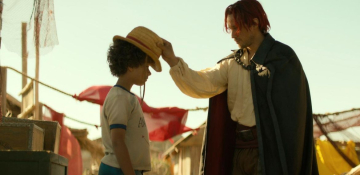
Netflix appears to be reiterating its past with its latest show, "One Piece," mirroring the circumstances of its previous series, "Cowboy Bebop."
"Cowboy Bebop," which gained cult popularity as a Japanese animated series, had a distinctive fusion of American jazz, film noir, and Hollywood western elements. In 2021, Netflix decided to make a United States live-action adaptation of it. While not an outright catastrophe, it was rapidly forgotten.
"One Piece," with its successful manga and anime franchises, boasts over 500 million books sold and has aired 1,073 TV episodes and counting. It combines an adventurous narrative with a comedic visual flair reminiscent of Buster Keaton, featuring elements of Hollywood adventures and musicals such as "Captain Blood" and "The Crimson Pirate." Following their previous pattern, Netflix is again producing an American live-action version, with its first eight episodes being released on Thursday.
Although "Cowboy Bebop" and "One Piece” differ, they share a foundational element – they are driven by style. We are captivated by their texture, composition, sound, and movement, setting off our emotional response; the vengeful narrative of "Bebop" and the exuberantly positive coming-of-age tale of "One Piece" are just functional frameworks.
A live-action adaptation could ultimately locate its individualistic style. However, both series missed the mark, and it appears as if they deliberately did so. Intensifying the generic feeling found in the Netflix "Cowboy Bebop," the Netflix "One Piece" seems to lack character and vibrancy. It might be sufficient for fans of the original who appreciate the somewhat faithful replication of the story, but many of the distinct qualities of the anime have faded, being substituted with monotonous design, a focus on the validation of believing in oneself, and elaborate yet unexciting production elements.
"One Piece," set in a fantasy world dominated by the ocean and inhabited by creatively named pirate crews including fish-men, revolves around Monkey D. Luffy (Iñaki Godoy), who aims to become the king of pirates and discover the potentially fictional treasure known as the One Piece. Over time, he forms a crew of misfits like himself, each driven by separate missions, whether it be becoming the world's greatest swordsman or locating a possible mythical seafood paradise.
Besides his remarkably zealous aura and his non-acceptance of rejection, Luffy is known for his capacity to extend his arms over long distances (useful when fist-fighting) and tolerate damage due to his rubber-like body, a result of consuming a forbidden fruit.
The Netflix series adequately replicates Luffy’s abilities, and Godoy visually and temperamentally matches his animated counterpart. However, the character lacks depth, which is also true for other characters. Although this isn't a deal-breaker considering the anime's festive atmosphere, which is presented in quick 20-minute sensational intervals, it becomes more evident in the slower and more ordinary story-telling style of Netflix, with arcs being restructured into hour-long episodes.
Potentially, as a result of adapting a fan-loved show for mainstream audiences, "One Piece" and "Cowboy Bebop" seem to have fallen within the risks of large-scale streaming. Attempting to repurpose the content for a wider audience may produce a version that caters to none specifically.
By making an enormous effort to replicate the feel of Oda’s exclusive aesthetic via its set designs and inserting a plethora of quirky side characters, One Piece creates a world that is vibrant, historical, and immersive, providing an understanding of Luffy's character and the eccentric world he navigates.
Luffy is unique due not only to his charismatic and heartfelt personality — traits convincingly portrayed by Godoy — but also due to the strange abilities he obtains from accidentally eating a magical fruit. Despite the Devil Fruits stealing the consumer’s ability to swim, they grant Luffy an unimaginably resilient, elastic, and adaptive body that draws the attention of characters like pirate Alvida (Ilia Isorelýs Paulino) and vice admiral Garp (Vincent Regan) of the Marines.
One Piece doesn’t shy away from injecting fun as it traces the growth of Luffy's reputation, weaving a narrative that introduces his core group of allies — all immersed in their personal quests before Luffy's arrival. Famous pirate hunter Roronoa Zoro (Mackenyu), hardened thief Nami (Emily Rudd), pacifist storyteller Usopp (Jacob Romero Gibson), and hot-headed chef Sanji (Taz Skylar) join Luffy's crew sharing common motives.
From exploring unique narratives and vivid visuals to featuring captivating fight sequences that underline the ruthless life of pirates, One Piece depicts an engrossing action adventure. Although not all visual effects meet the eye quite favorably, the series effectively portrays Luffy’s unusual powers. One Piece takes risks while reanimating visuals from the original anime, which often results in success, further amplified by impressively rendered action sequences. This all combines to create a Netflix original that surpasses previous animation adaptations.
One Piece harps on the enduring fascination with pirate tales, blending the familiar with the unfamiliar and creating an absurd yet fresh perspective that demands your attention and has all the ingredients for success.


